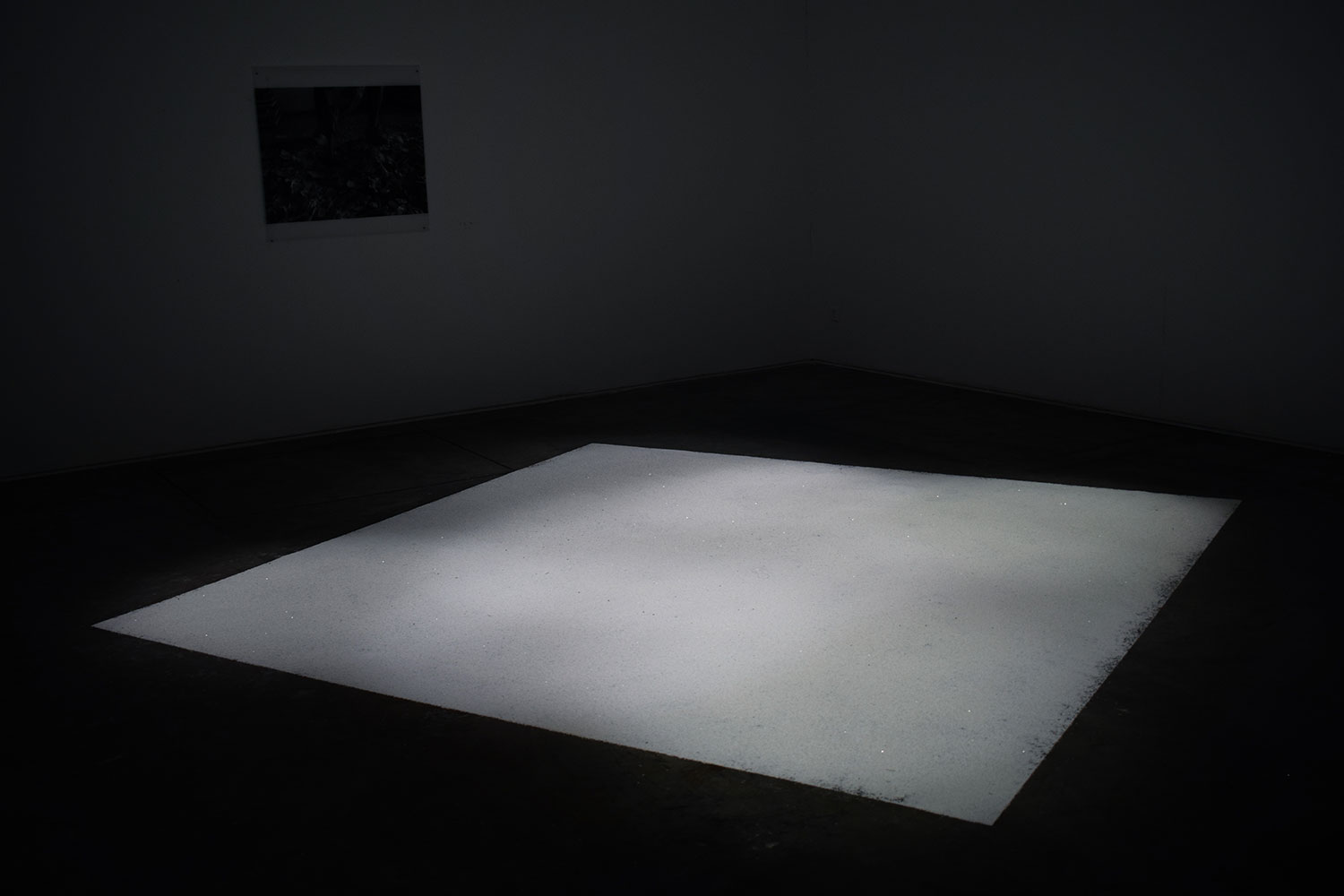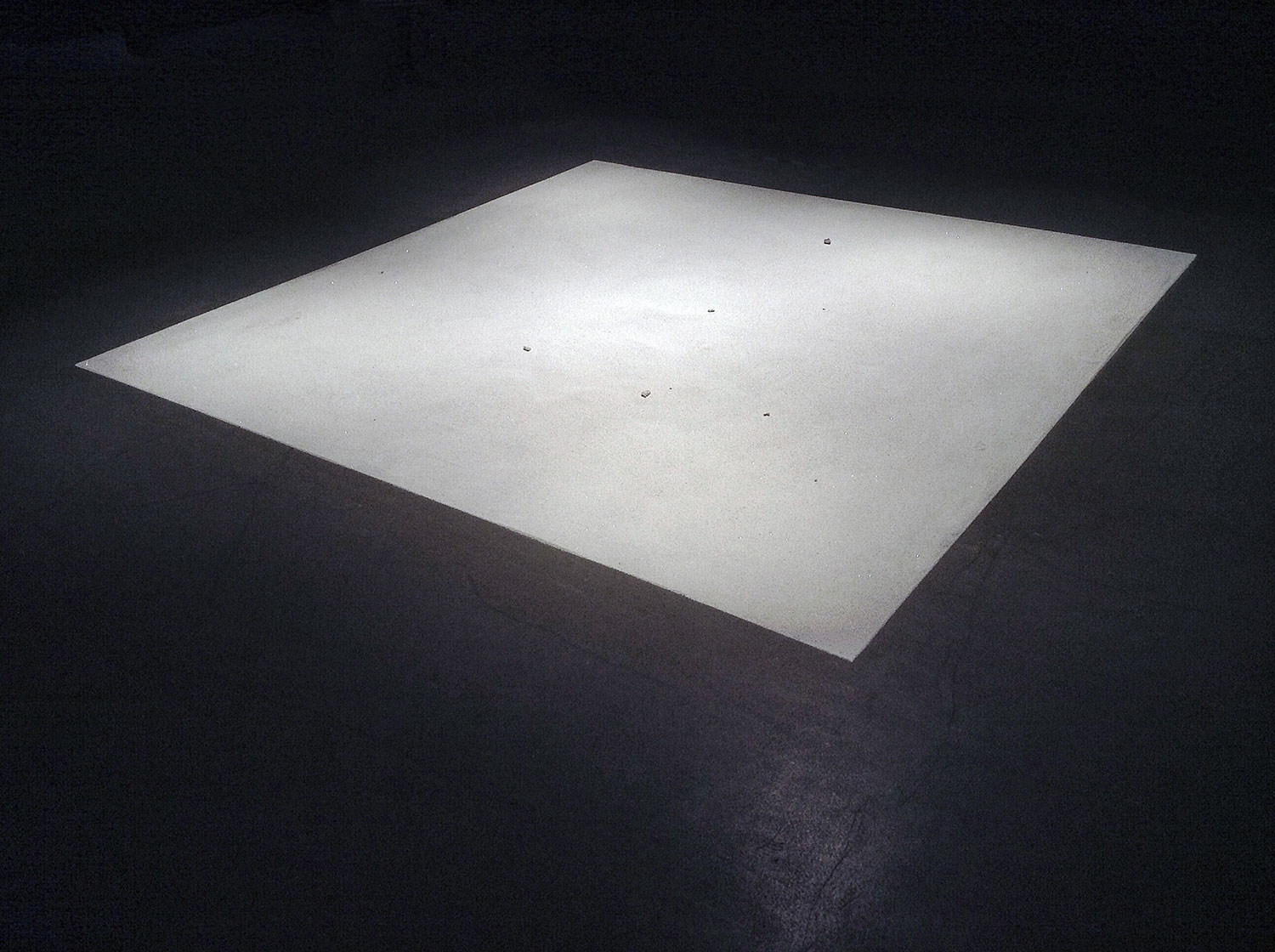01.1497
GHANTA (BELL) 犍稚钟
Xu Xinhua 徐鑫桦
Artist Biography
Born in Tai Zhou City, Zhejiang Province, China.
Xu Xinhua gained his BA in 2006 and his MA in 2011 from The China Academy of Art, where is has been undertaking his PhD from 2017 – present.
Selected solo exhibitions:
2019: Light Born from Chaos, Zhejang Musem, Hangzhou
2018: Earth, Fire, Hand Sanshang Museum of Contemporary Art, Hangzhou
2013: The Truth is Unknown, San Mu International Art Centre, Beijing
2010: Return to The Peach Colony, West Lake Contemporary Art Museum, Hangzhou
1983 年出生,浙江台州人
教 育
2006 年毕业于中国美术学院,获学士学位
2011 年毕业于中国美术学院,获硕士学位
2017 年至今攻读中国美术学院博士学位
个 展
2019 年
《混沌生光》
浙江美术馆,杭州|浙江
2018 年
《泥、火、手》
三尚当代艺术馆,杭州|浙江
2013 年
《不明真相》
三木国际艺术中心 798 艺术区 北京
2010 年
《寻找》
西湖当代美术馆 杭州|浙江
Artist Statement
“In the Buddha’s time, a monk group failed to gather and abandoned the practice of meditation in time, the Buddha showed up and beat ghanta to gather the public, and warning them to sing and speak in time. The ghanta then had assumed the functions of convening and giving orders in Buddhism.
In my opinion, ghanta’s voice symbolises measuring the origin, a thing or an event.
I respond to this symbolic meaning of ghanta with my work “Re-start”. The work requires that I destroy my ceramic works, smash and grind it to the size of salt, and eventually sprinkle it on a square table. The installation is accompanied by the sound of breaking and damaging porcelain. Through the deafening destructive sound, the original porcelain has moved towards a new way of existence.”
在佛陀时代,某次僧团布萨时未能及时集合,乃至荒废坐禅行道。彼时,佛陀乃教示须唱言时至,并敲打犍稚(ghanta)集合大众。日后,犍稚在佛教中承担起了召集、号令等功能。
在我看起来,犍稚的声音可以象征一个事物的起源与事件的重要节点。
本人以《复源》回应犍稚的象征意义。该作品是本人将原有的作品摧毁,将其敲碎再研磨至盐巴大小的颗粒,自然洒落在一个正方形的台面上,安装在展厅的装置同时伴有摔碎、破坏瓷器的声音。在震耳欲聋的破坏性声音中,原本物质性的瓷走向了全新的存在方式。
Selected Buddhist Object from Chiddingstone Castle
01.1497 Ghanta (bell)
Ghanta (bell), bronze with inscription. Tibet, 18th century.
Height: 19.5cm, Width: 9cm
A ghanta bell would be held along with a vajra thunderbolt sceptre and used in rituals. It is one of the most important objects in Tibetan Buddhism. Together, the bell symbolises wisdom and female energy and the thunderbolt sceptre compassion and male energy. The sound of a bell is also believed to be a reminder that all things are impermanent and empty. Music plays an important part in Buddhist ritual – in the Buddhist collection at the Castle there are various types of horns, bells, and a drum. Music is one of the offerings presented to a Buddhist deity, along with water, food, incense, flowers, and light from candles or lamps.
“Re-start”
“复源”
Video
2021
视频装置
2021
Up Coming (voice)










